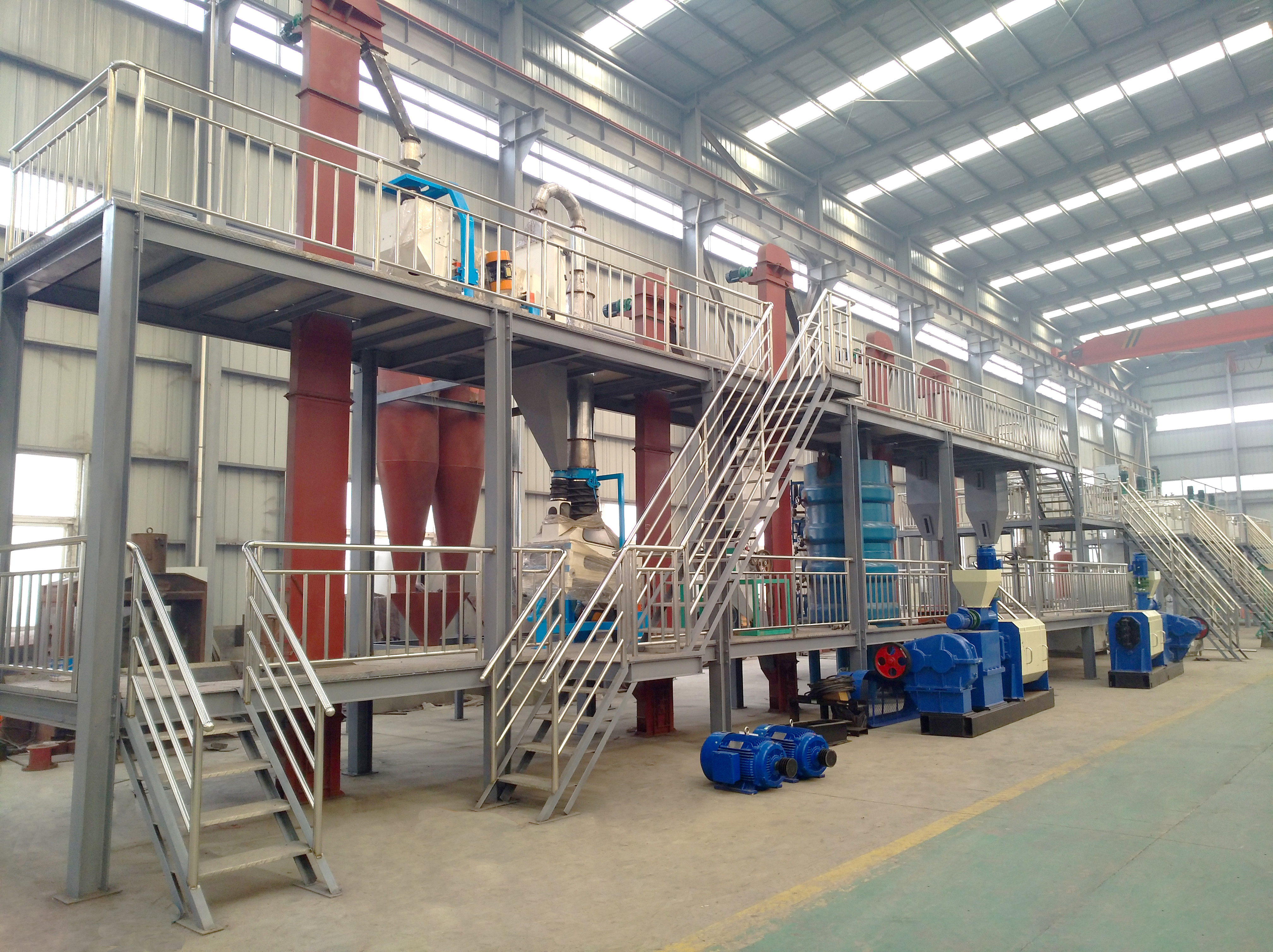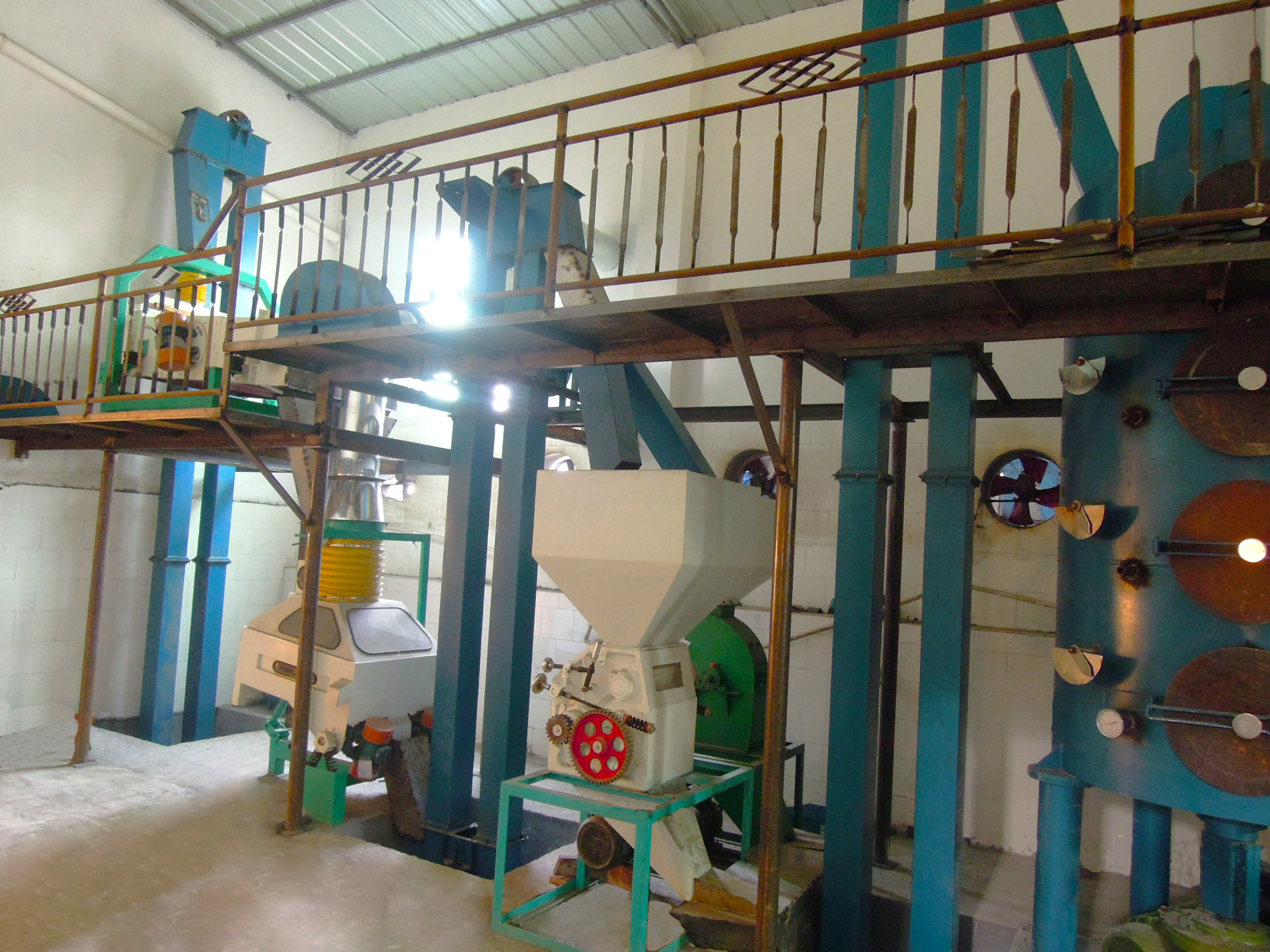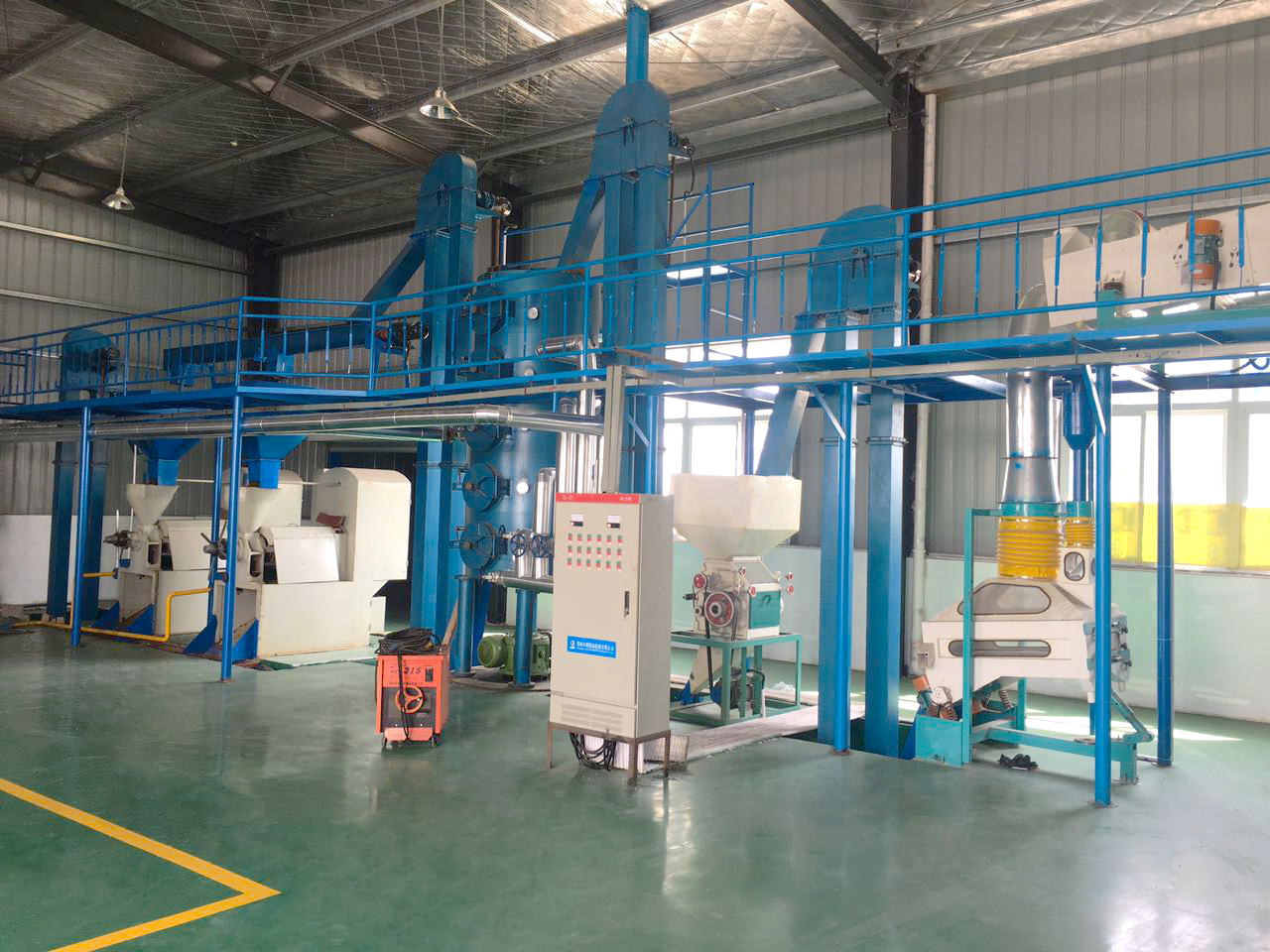
In the vegetable oil industry, achieving high extraction efficiency and premium oil quality remains a constant challenge. Over 18 years of consulting experience across machinery and chemical sectors highlights one recurring pitfall for processors: overlooking the importance of comprehensive oilseed pretreatment. Contrary to some beliefs, pretreatment isn’t merely a preparatory step—it is a pivotal process that can significantly influence both yield and market competitiveness.
Oilseed pretreatment refers to a set of physical processing operations designed to optimize seeds for subsequent oil extraction. Typically, these steps include cleaning, drying, dehulling, cracking, flaking, and conditioning. Each plays a distinct role:
This orchestrated sequence enhances the seed's structural readiness, ensuring the extraction process operates at maximum efficiency.
To illustrate, consider a mid-size plant producing soybean oil. When pretreatment steps were bypassed, extraction yields hovered around 18-20%. After implementing full pretreatment, yield jumped to 22-24%. Though seemingly incremental, this 10-15% relative increase in output translates to significant cost savings and increased throughput.
Moreover, oil quality benefits markedly. Without pretreatment, higher impurities and residual moisture led to faster rancidity and cloudiness in bottled oil, reducing shelf life and brand reputation. Conversely, pretreatment stabilized oil composition, enhancing color, taste, and storage stability—critical factors in quality-conscious markets.

The pretreatment phase acts as the vital link connecting raw seed intake and oil extraction. Its quality directly influences the performance of solvent extraction or mechanical pressing machinery downstream. Poorly prepared seeds may clog presses, increase energy consumption, and spur maintenance frequency.
Moreover, appropriate pretreatment reduces the burden on refining processes by minimizing impurities and free fatty acids, thereby lowering processing time and chemical use. In short, it is the springboard that determines overall operational efficiency and product excellence.
Choosing pretreatment technology hinges on seed type, scale, and production goals. For dense seeds like rapeseed, comprehensive dehulling and steam conditioning yield optimal results. Whereas for lighter seeds such as sunflower, emphasis on cleaning and controlled drying prevents damage.
Equipment wise, continuous flow screw presses with integrated flaking systems excel in throughput and maintenance ease. Meanwhile, batch steam conditioners provide flexibility for varying seed batches, beneficial for facilities handling multiple oilseed varieties.
| Factor | Recommended Pretreatment | Key Benefit |
|---|---|---|
| Soybean | Full sequence: cleaning → drying → dehulling → flaking → conditioning | Maximizes extraction and oil quality |
| Sunflower | Emphasis on cleaning and controlled drying | Protects seed integrity, reduces waste |
| Rapeseed | Advanced dehulling and steam conditioning | Enhances oil release and reduces phospholipids |

Selecting the right equipment involves balancing capacity, energy consumption, and ease of maintenance. It’s advisable to partner with solution providers who can tailor pretreatment lines based on your unique raw material profiles and production targets.
Worth noting, recent innovations like automated moisture sensors and precision flaking devices have unlocked further gains, reducing operator error and stabilizing output quality. These investments pay off quickly by lowering downtime and enhancing product consistency.

Consider a recent case at a European oil mill: implementation of a full pretreatment line increased their extraction efficiency from 19.5% to 23%, cut solvent use by 12%, and improved oil clarity ratings by 25%. These operational upgrades reduced costs and boosted their process sustainability credentials—key differentiators in global markets.
Without a doubt, oilseed pretreatment is not an optional luxury but a strategic necessity. It underpins every subsequent production phase—from extraction through refinement—directly impacting profitability and brand strength.
By elevating oil yield, reducing downtime, and securing higher quality, pretreatment equips enterprises to compete in increasingly demanding markets while controlling operational expenses. The initial investment in optimized processes and advanced equipment quickly balances out through sustained gains.
Have you encountered challenges in oilseed pretreatment or optimizing your extraction yields? Share your specific production scenarios, and we’ll provide tailored case studies and equipment solution insights from worldwide industry leaders.

